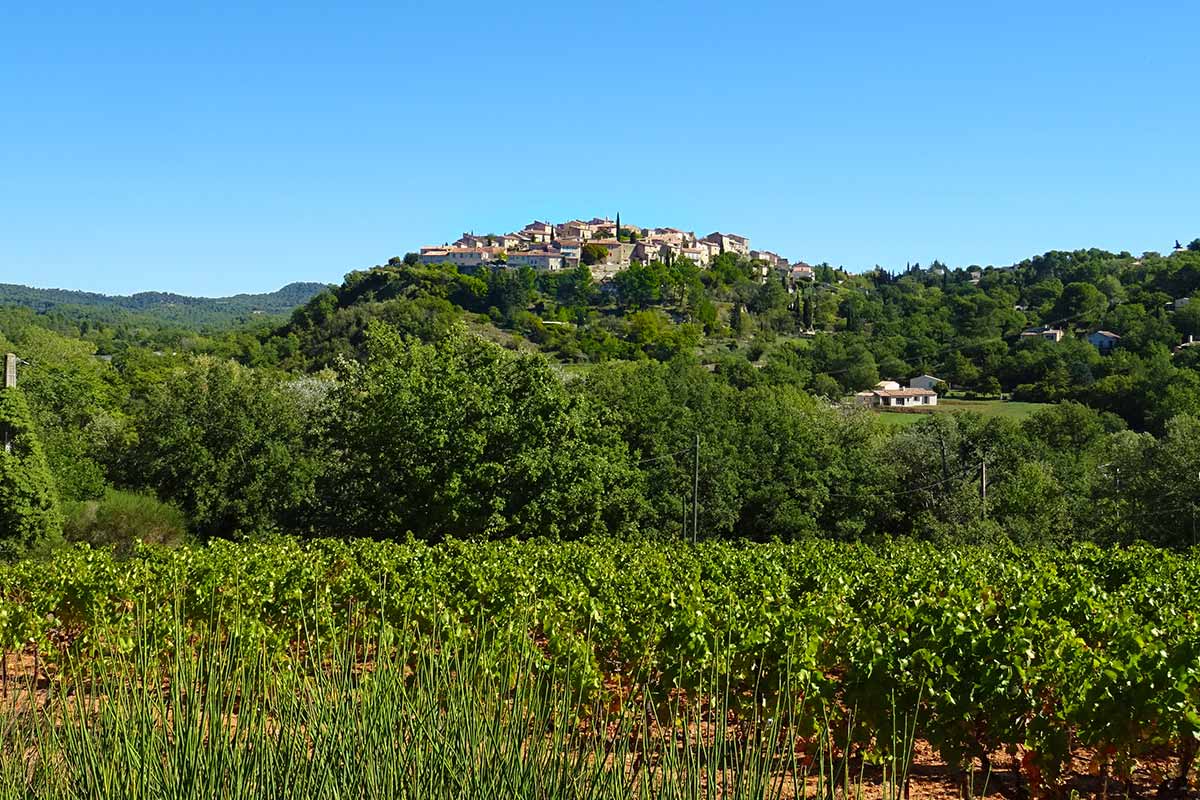
Grambois is a beautifully preserved picturesque village in the Pays d'Aigues, on the southern side of the Luberon. It crowns a steep nipple above the valley of the Lèze (or Eze), a small river provantant of the neighboring town La Bastide des Jourdans. The village seems to have escaped the anarchic development of modern villas that in too many places distort the landscape of the Luberon. From the hamlet of the mill Pas at the foot of the hill, the road rises to the entrance of the village at 370 meters above sea level.
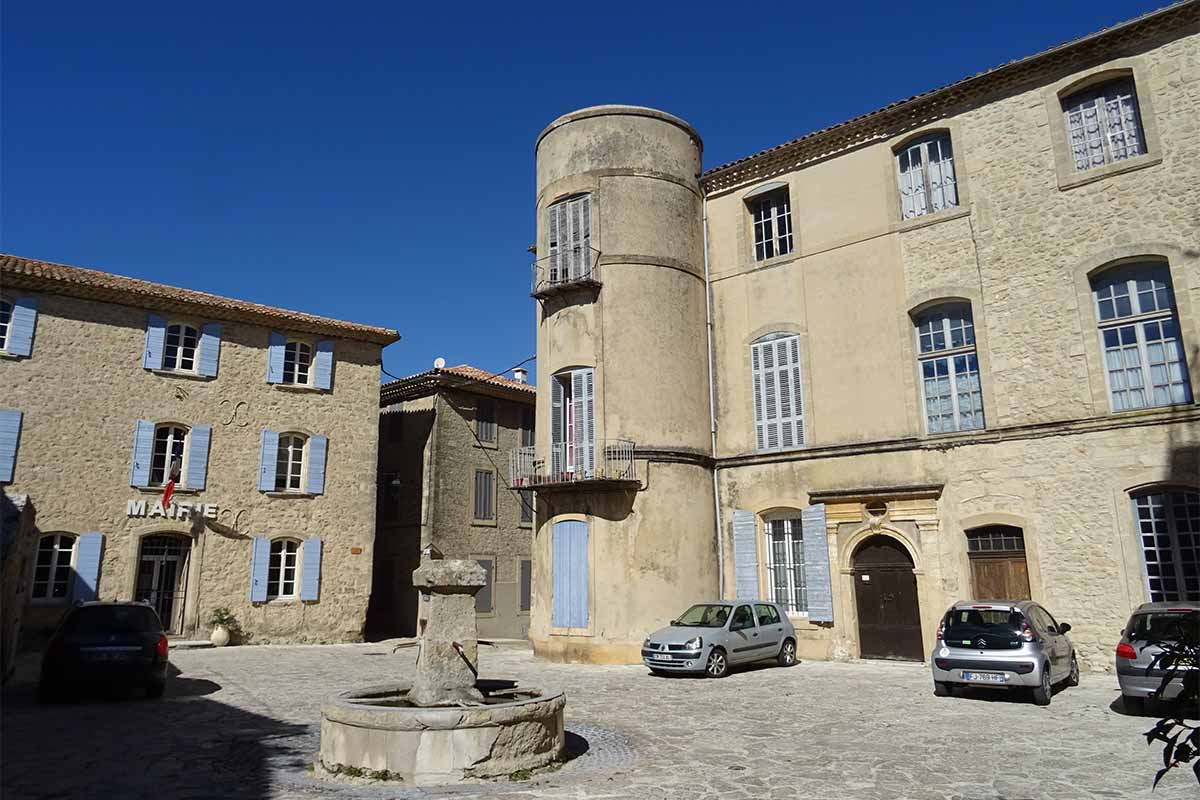
Grambois is watered by two springs, Fontsausse and Fontverane, precious water points of low flow but have ensured the sustainability of the village. At the heart of the village is the Place de l'Église, in the center of which sits the "Fountain of Bartavelles", installed in 1879. This is the scenery that chose the director Yves Robert in 1990 for the scenes of bowling and the return of the hunt for the bartavelles in the film "The Glory of my father", which tells the childhood of Marcel Pagnol. On the square is a beautiful mansion of the late 16th century, to which its owner, Jean de Gautier, lord of Grambois, has added a beautiful round corner tower. The previous castle of the Middle Ages had fallen into ruin. The facade of the house was redone in 1730, by Michel-Jules Roquesante, whose family had inherited the lordship.
The church Notre-Dame de Beauvoir was first a priory dependent on the abbey Saint-André of Villeneuve-les-Avignon, it is a Romanesque church of the 11th century enlarged in the 14th century, then again 16th century, then again several times remodeled in the 17th and 18th centuries. Inside is a superb altarpiece with five painted wooden panels, dated from the early 16th century and from the Gothic school of Aix-en-Provence. It represents the life of St. John the Baptist.

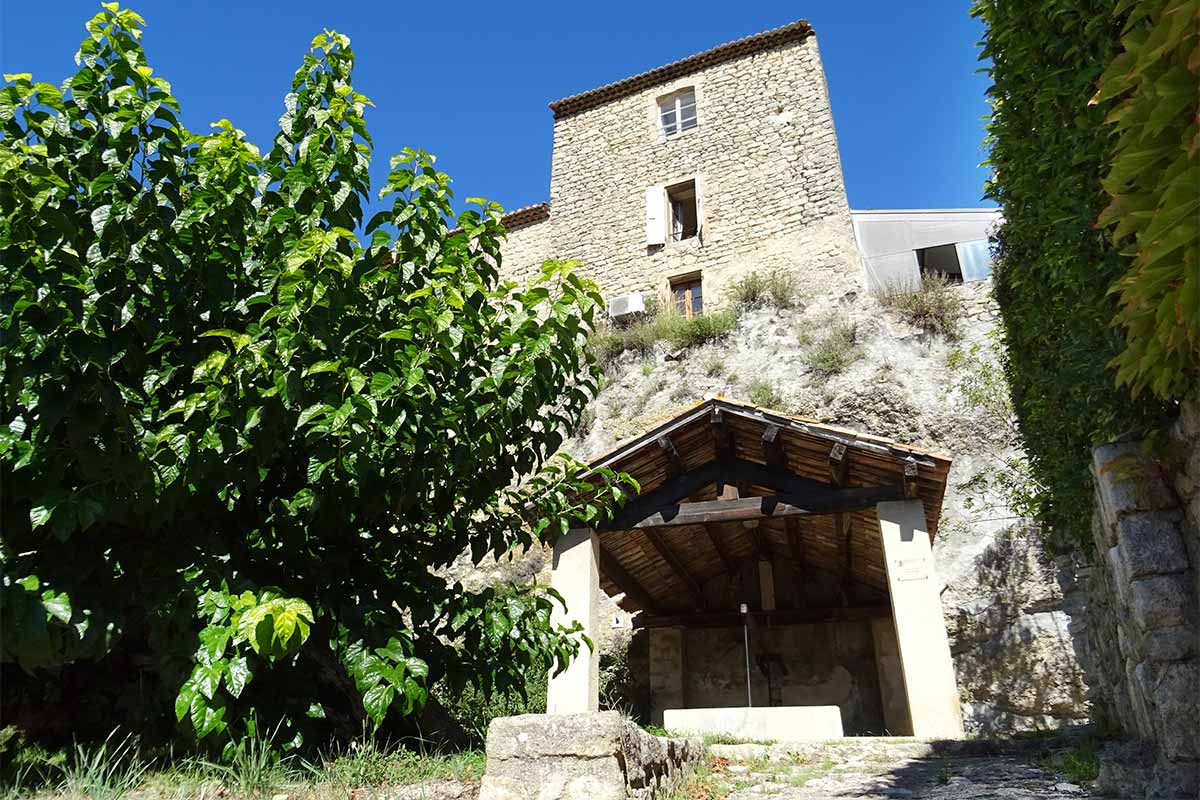

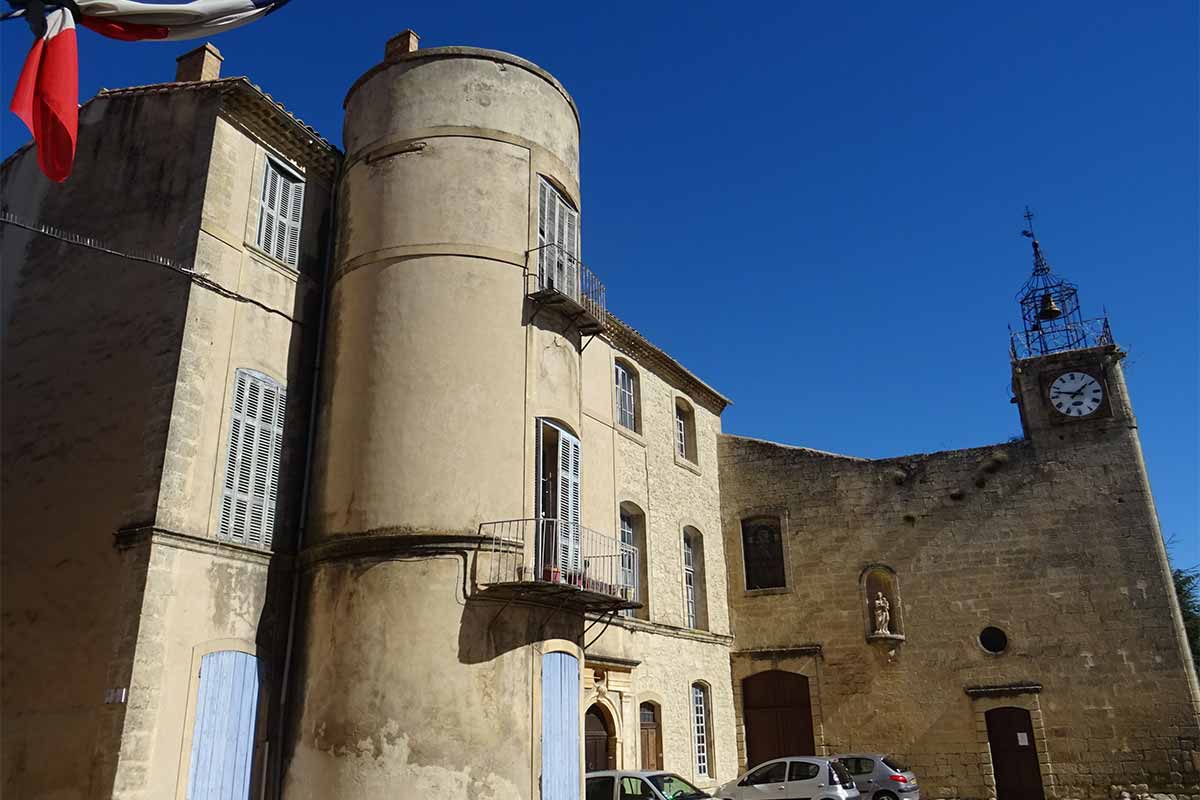
The streets of the village are narrow and sometimes steep, their streets have been renovated. Two beautiful houses with mullioned windows offer the passer-by their Renaissance facades. Strong ramparts were built in the 14th century, when troubled times made them necessary for the protection of the inhabitants. An imposing wall, pierced by narrow archers, extends the tower of the Tourrache. The "new door" of the 14th century which defends the southern entrance of the village has kept its medieval aspect, it recalls that Grambois was one of the 12 fortresses of Provence in the 14th century, besieged without success by the viscount of Turenne in 1391. The village was nevertheless removed by the Duke of Savoy Charles Emmanuel I during the wars of religion.
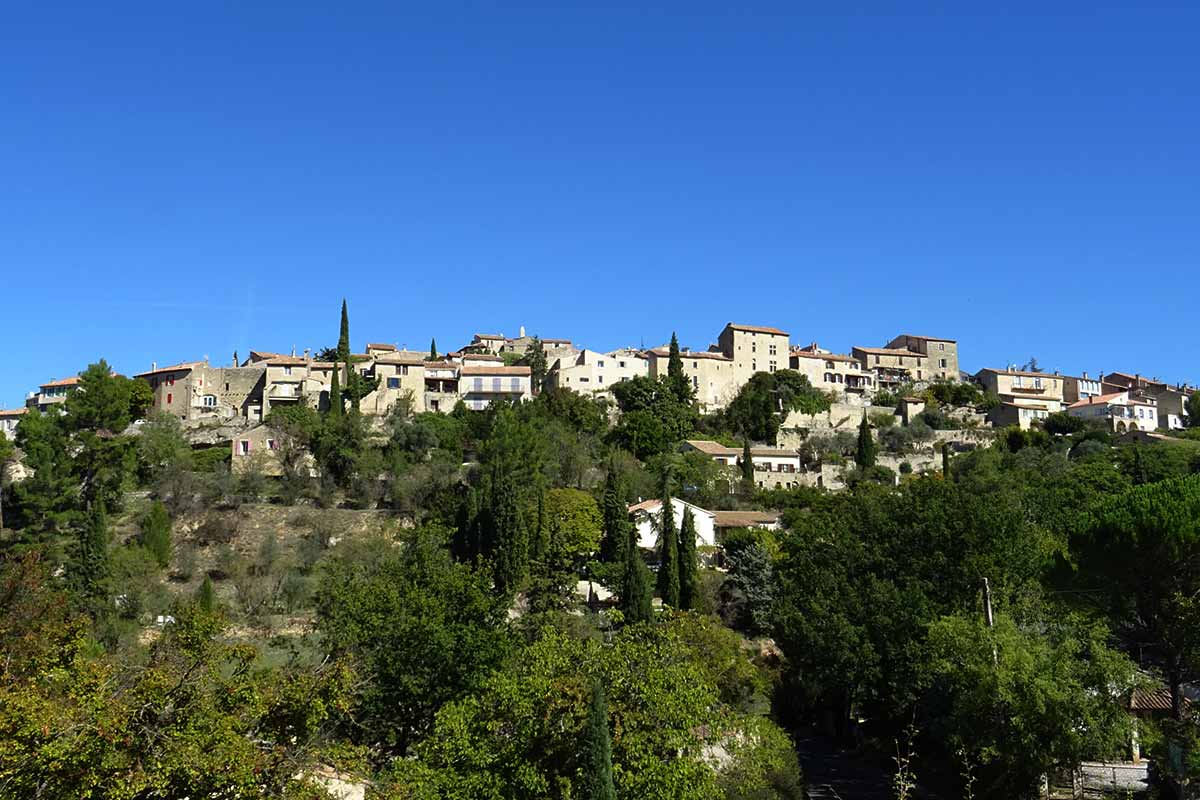
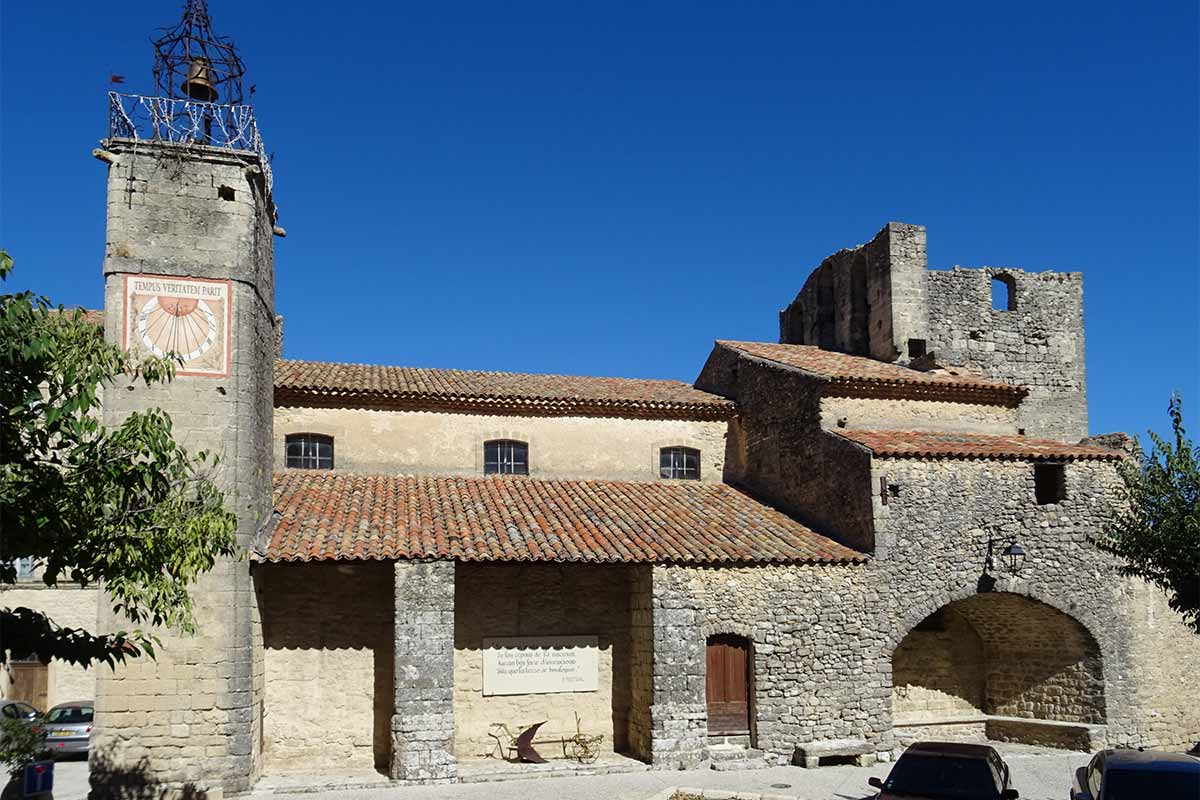
Grambois in photos : slideshow

Grambois, perched village in the Luberon

Grambois, perched village in the Luberon

Place de l'Église in Grambois

Grambois, perched village in the Luberon

Cobbled street in Grambois
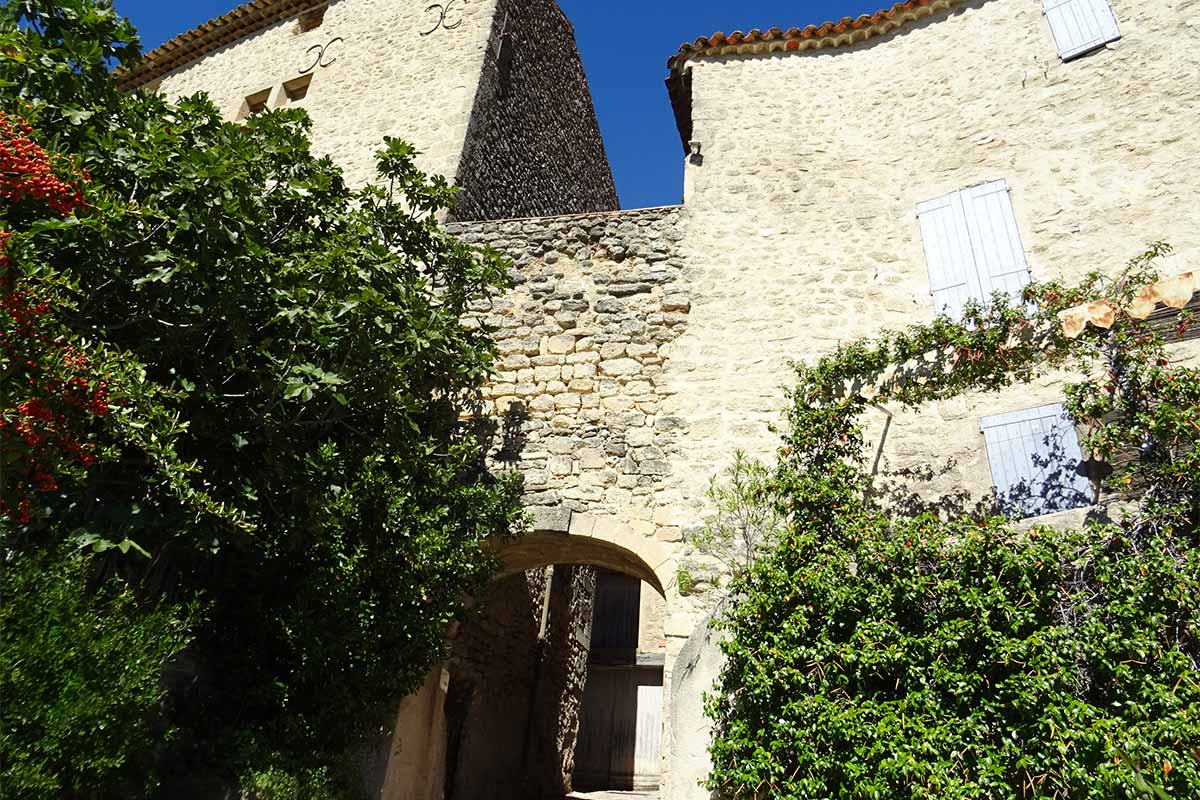
Portail Neuf, medieval gate of the 14th century in Grambois

Wash-house Grambois

Castle of Grambois

Church Notre-Dame de Beauvoir in Grambois
Practical information and accommodation in Grambois
Selection of Bed and breakfast on the portal of Provence's B&B.
To see and to do in Grambois :
- Grambois internet website : grambois.fr
- Christmas crib: Grambois is the village of the santonnier Pierre Graille who figured during 70 years the faces of the inhabitants on santons of clay.
- Grambois served as a set for several scenes during the filming of "La Gloire de mon père"
- Château de Grambois: it's a private residence that can not be visited.
- Hermitage of Saint-Pancrace
Coming to Grambois
GPS coordinates N 43°45'47'' - E 5°35'22''
Grambois Location : altitude 370 meters above see level, 1200 inhabitants, 5 km from La Bastide des Jourdans, 7 km from La Tour d'Aigues, 23 km from Lourmarin, 15km from Cucuron, 36 km from Aix-en-Provence, 80 km from Avignon.

![Luberon [fr]](/images/version_francais.gif)
![Luberon [en]](/images/version_english.gif)


